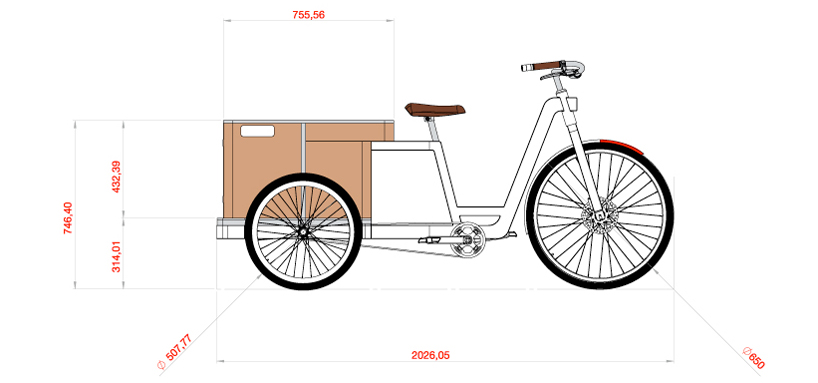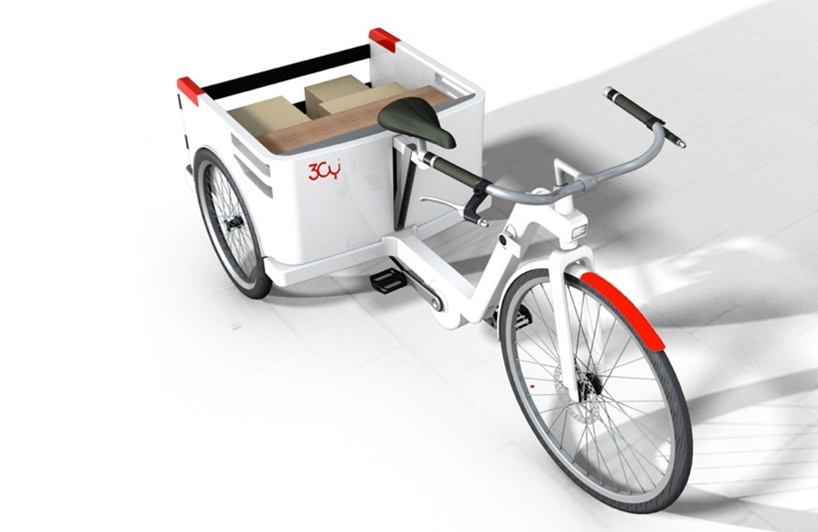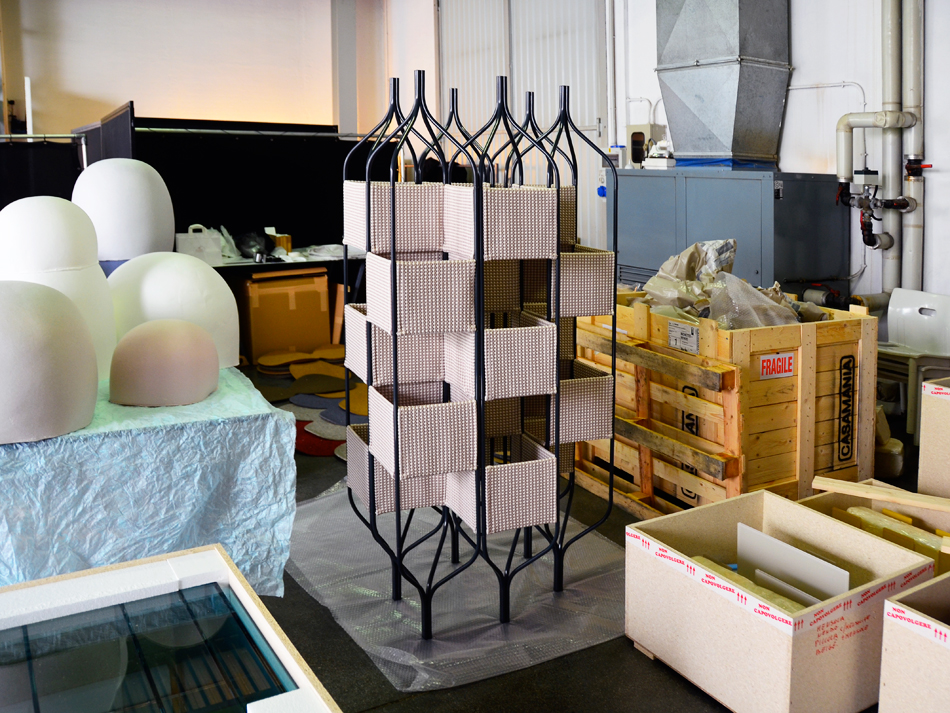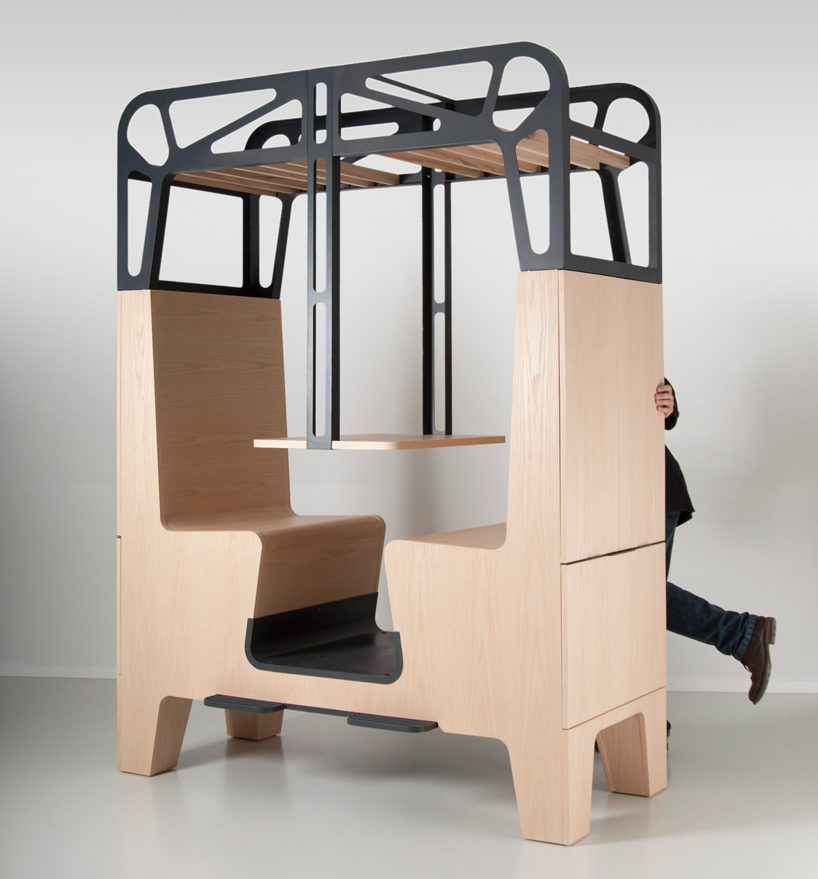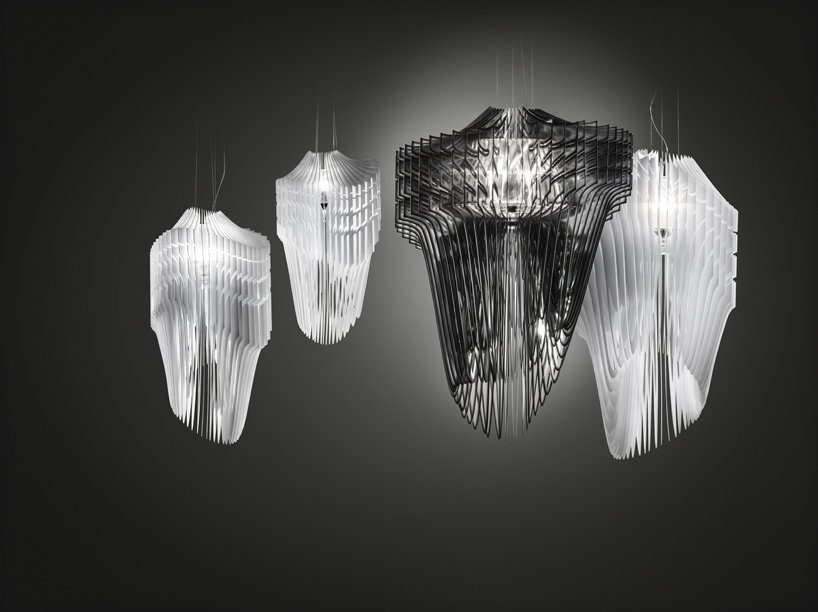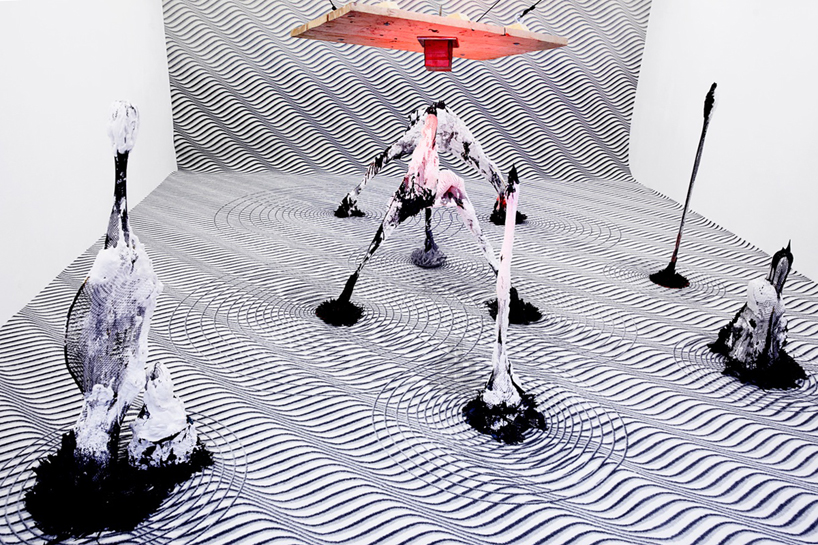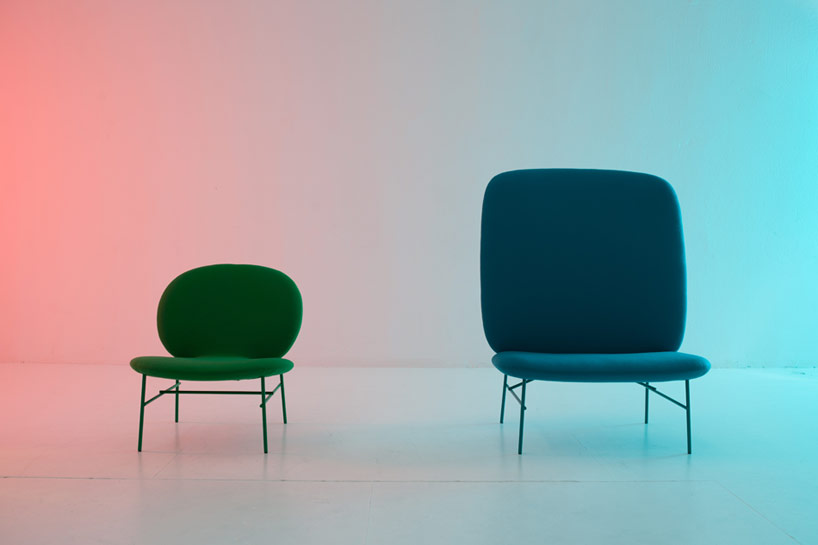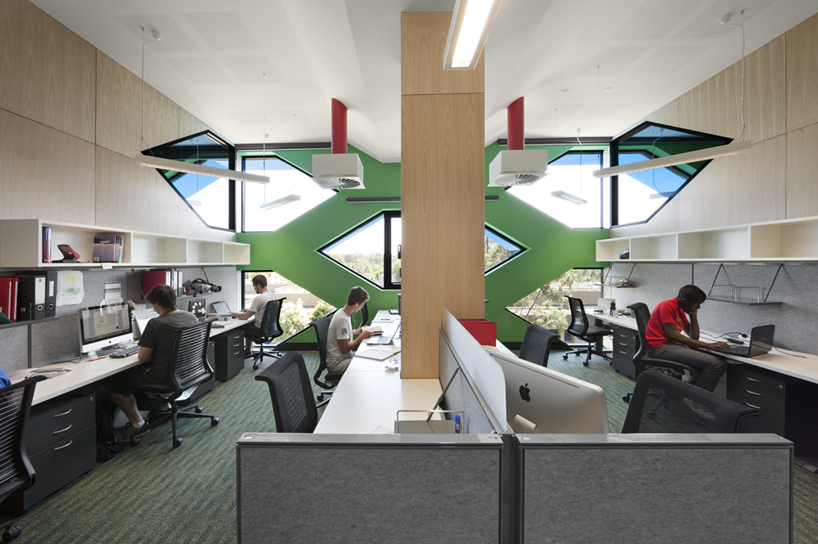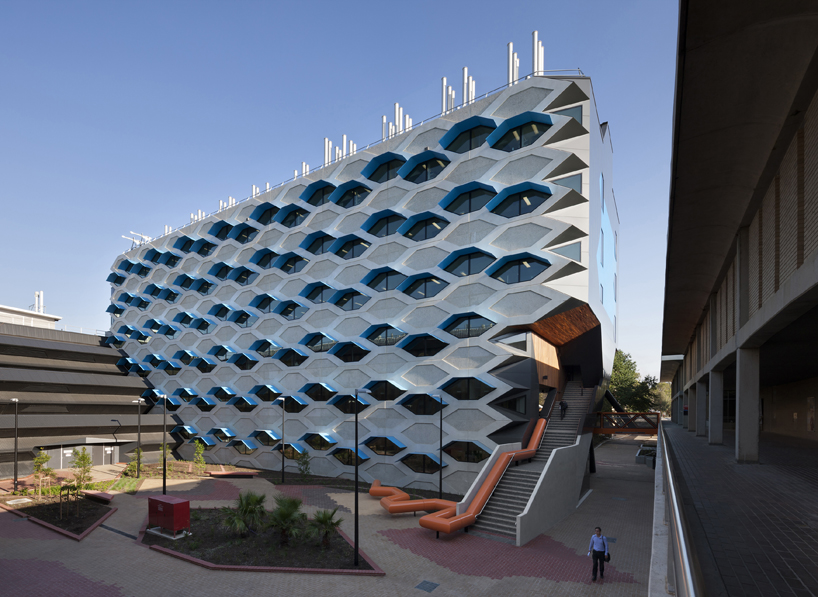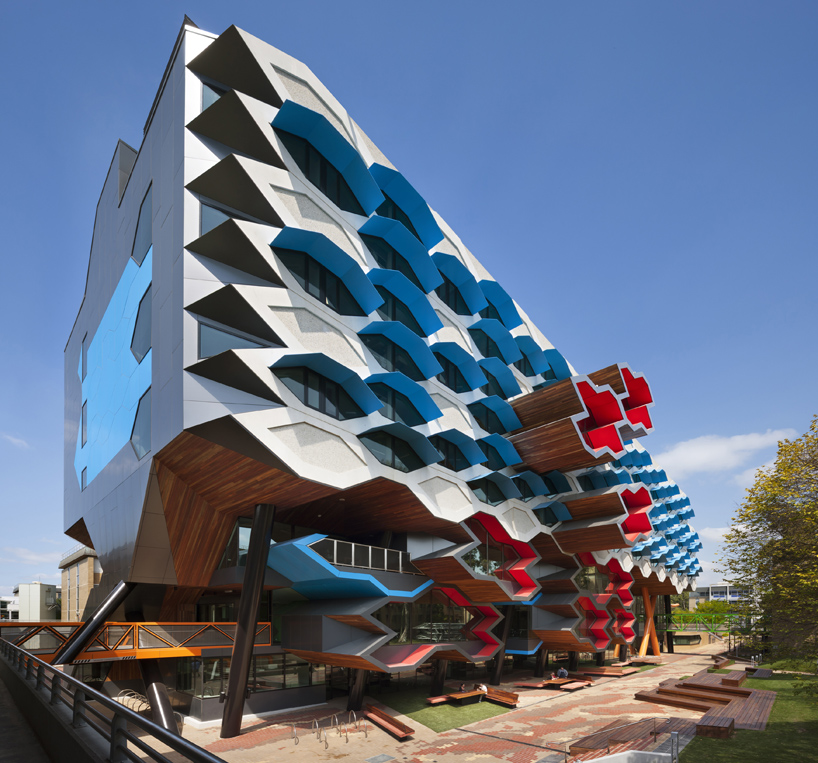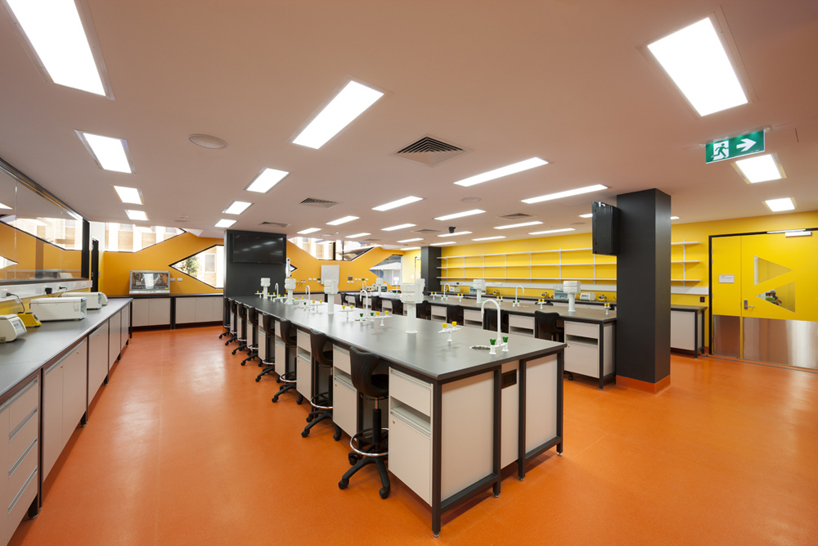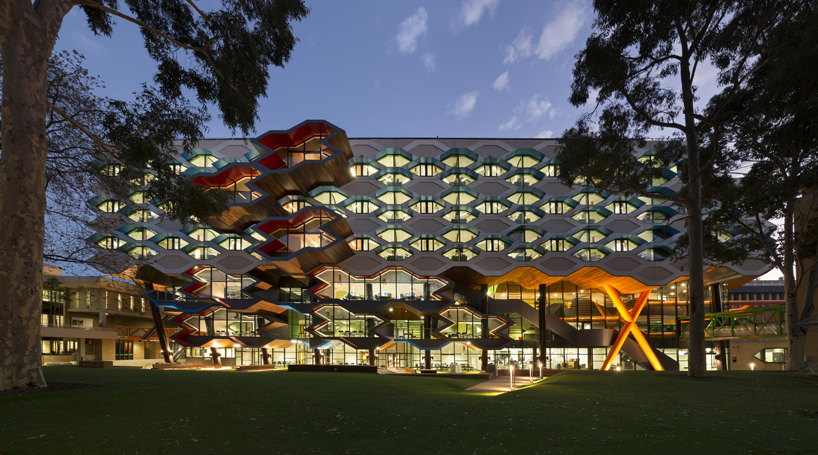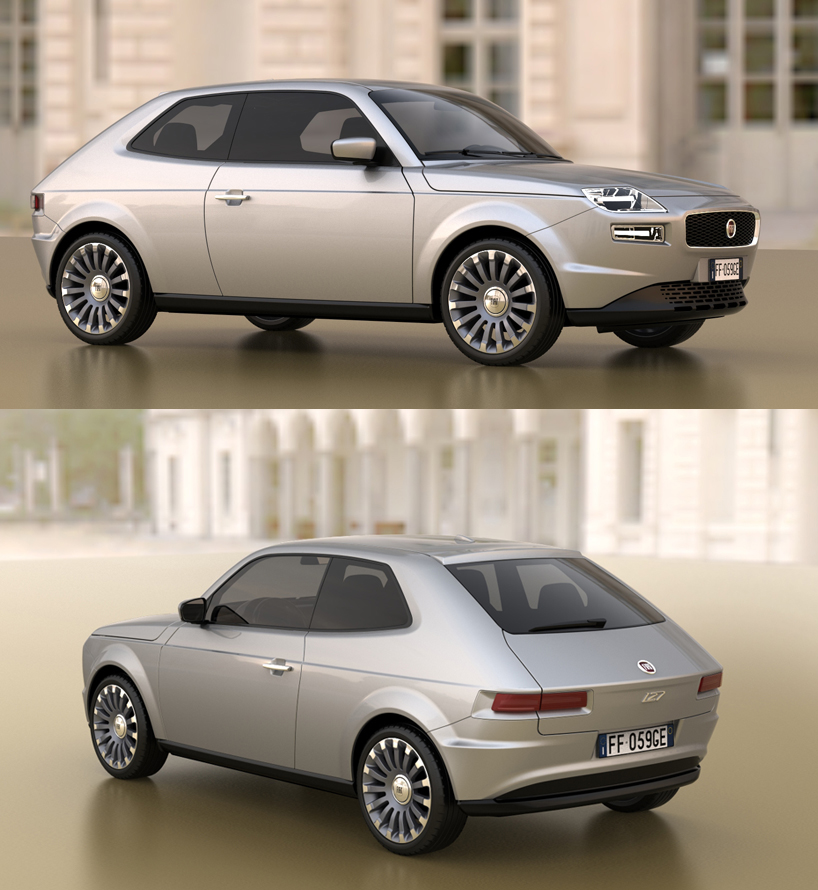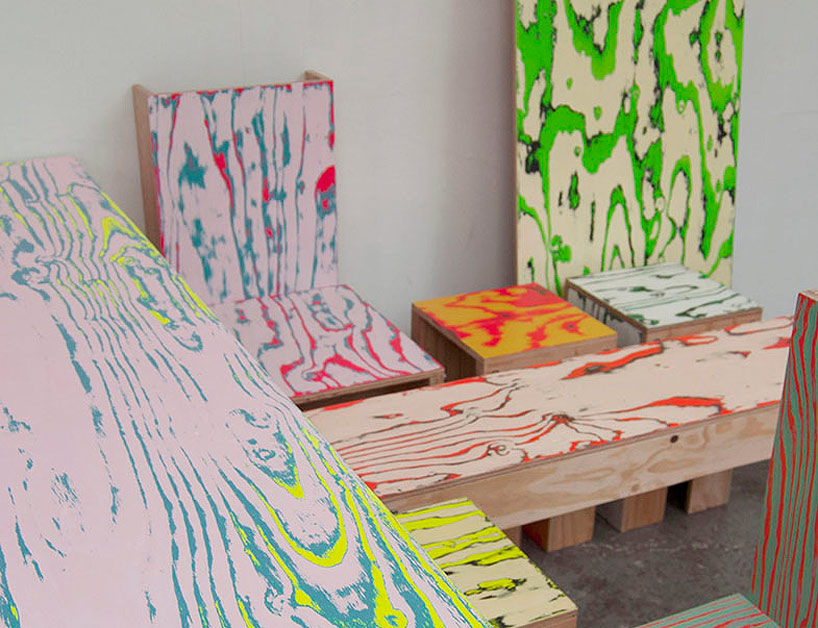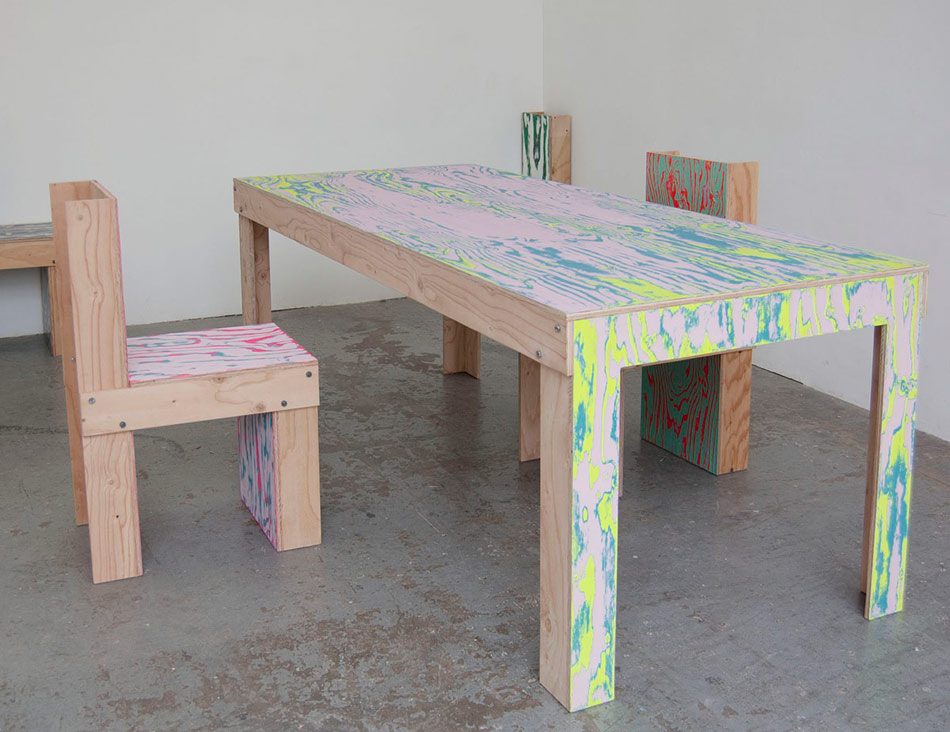1. Describe the design process, its categories and how it is used as you outline steps 1, 2, and 3.
- The design process is "a method of unearthing appropriate solutions to cultural needs." These cultural needs can be utilitarian (intended for the purpose of performing tasks) or they could be expressive (intended to communicate personal, cultural, or aesthetic experiences). Cultural needs are more than often complex blends of both purposes.
- Step 1 consists of "identifying the problem." The designer needs to establish the problem. Next, the needs, criteria, requirements, and other limitations that set the parameters of the problem must be recognized. Parameters define the problem and realizes the criteria to find the solutions.
- Step 2 consists of "generating ideas." This step represents the art of creativity. It is split up into conceptual methods such as brainstorming, mental inventory, research, and lateral thinking. Throughout the durations of these conceptual methods, diagrams and writings of possible solutions should be produced in the form of thumbnail sketches, sketch models, and written notations.
- Step 3 consists of "refine and analyze." This is the first part of evaluation and criticism because it assesses the ideas to combat the parameters, then accepts, rejects, or elaborates them. After this critique, a more refined version of Step 2 occurs through more in-depth drawings, models, or mock-ups.
2. Define three-dimensional form. Find a new example using the research links.
- Form is made up of the elements of point, line, volume, plane, color, and texture. Point, line, and plane are the conceptual elements, meaning they have no actual physical substance. Tangible planes and volume make up the three-dimensional form, where in the two-dimension they only exist as an illusion. A three-dimensional form must be feasible in actual space, forcing designers to think in more literal terms.
2-Dimensional
3-Dimensional
3. Define space. Find a new example using the research links.
- Space is a realm of openness that manipulates form to exist on its own in an environment, rather than chunks of matter. Space and form go hand and hand with each other because they balance one another (without form space exists as a featureless void). They both activate and define each other.
Form (with empty space)
Luca Nichetto and Oki Sato, NICHETTO=NENDO collection
Form (within a defined space)
Luca Nichetto and Oki Sato, NICHETTO=NENDO collection
4. Define positive and negative space in 3-D form. Find a new example using the research links.
- Positive and negative space is the relation between the forms and empty space itself. Positive space refers to the actual form (objects in a composition), while negative space is empty space that has the ability to take on a form (the space surrounding the objects that can create a shape with acts as an illusion of form).
TJEP, Il Treno*: A Modular Dining Experience.
*English translation: The Train
5. Define direction. Find a new example using the research links.
- The measure of an angle within a space and toward other elements in a composition is direction. Direction is relative and made up of orientations. Primary orientation includes horizontal, vertical, and diagonal references to gravity. Secondary orientation includes forms that are perpendicular, skewed, or parallel to each other.
Horizontal
Tokujin Yoshioka for LEMA, Mirage.
Vertical
Zaha Hadid for Slamp, Avia & Aria Lamp.
Diagonal
Federico Venturi/Gianluca Savalli/Marco Righi, Ginko Umbrella.
Perpendicular
Jolan van der Wiel, Gravity Project: The Puppeteer.
Skewed
Subaru, WRX Model Concept (grille detail).
Parallel
Claesson Koivisto Rune, "Kelly" easy chair and high lounge chair.
6. Define scale. Find a new example using the research links.
- The size of a form as compared to the space containing, or in relation to another form (such as the human body) is scale. Since a human being is the designer, a prime determination of scale is relative to the human body. These measurements are categorized object scale (designs that can be held), human scale (the size equivalent to one's body), and monumental scale (of a size that towers over the human body and dominates the environment). Miniature scale represents smaller scales, while environmental and geographical scale represent the larger side of the scale spectrum. The measure of one form to another is known as proportion.
Object Scale
Lyons Architects, La Trobe Institute for Molecular Science (research work space)
Human Scale
Lyons Architects, La Trobe Institute for Molecular Science (exterior view with person)
Monumental Scale
Lyons Architects, La Trobe Institute for Molecular Science (exterior view)
Miniature Scale
Lyons Architects, La Trobe Institute for Molecular Science (research laboratory)
Environmental/Geographical Scale
Lyons Architects, La Trobe Institute for Molecular Science (north elevation view)
7. Define point of view and frame of reference. Find a new example using the research links.
- Point of view refers to the viewers actual position in space in relation to the forms that are being observed. There are three types of point of views: frontal (seen directly in front of the form with no emphasis on side or back views), full-round (includes all views as equally important and adapts to the observer's changing point of views), and internal (puts the viewer directly within the spatial composition allows them to physically pass through the forms).
Frontal POV
David Obendorfer, Fiat 127 Model (multiple straight-on views)
Full-Round POV
David Obendorfer,
Fiat 127 Model (side views)
Internal POV
David Obendorfer,
Fiat 127 Model (interior view)
- Frame of reference is a second perceptual constraint, such as how a painting dwells in the flat rectangular spaces of their frame. This frame is the format and primary reference in which position, direction, and scale are recognized. For three-dimensional art, it refers to a site-specific object, especially one designed for architectural spaces such as walls, ceilings, floors, or an entire room in general. The universal frame of reference for three-dimensional objects consist of a vertical axis (upright line that the forms deport to) and a ground plane (horizontal surface the objects are relative to).
Vertical Axis/Ground Plane
Jo Nagasaka with Schemata Architects, ColoRing Furniture Series
The objects
The objects in a frame of reference (the room's walls and floor)
Sources
Leucking, Steven. Principles of Three-Dimensional Design: Objects, Space, and Meaning

